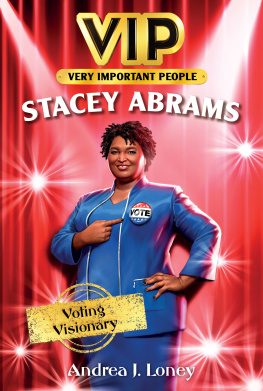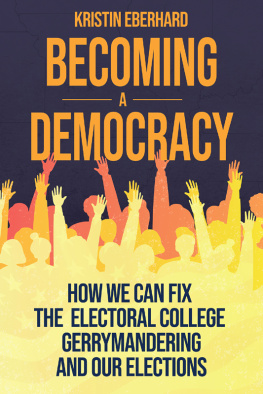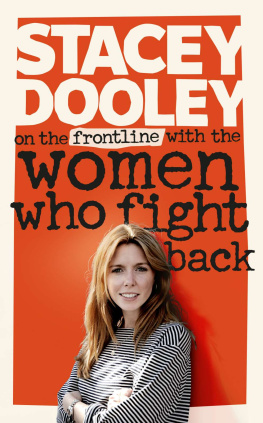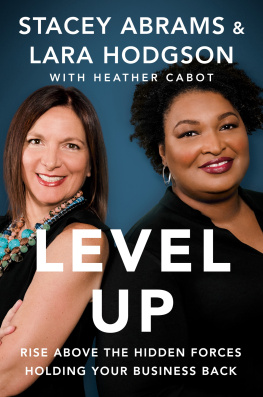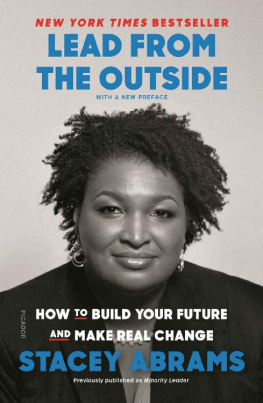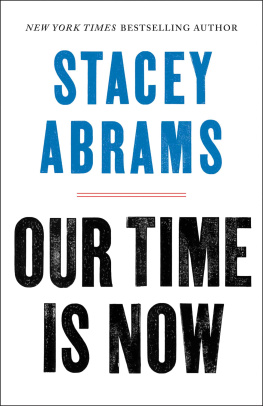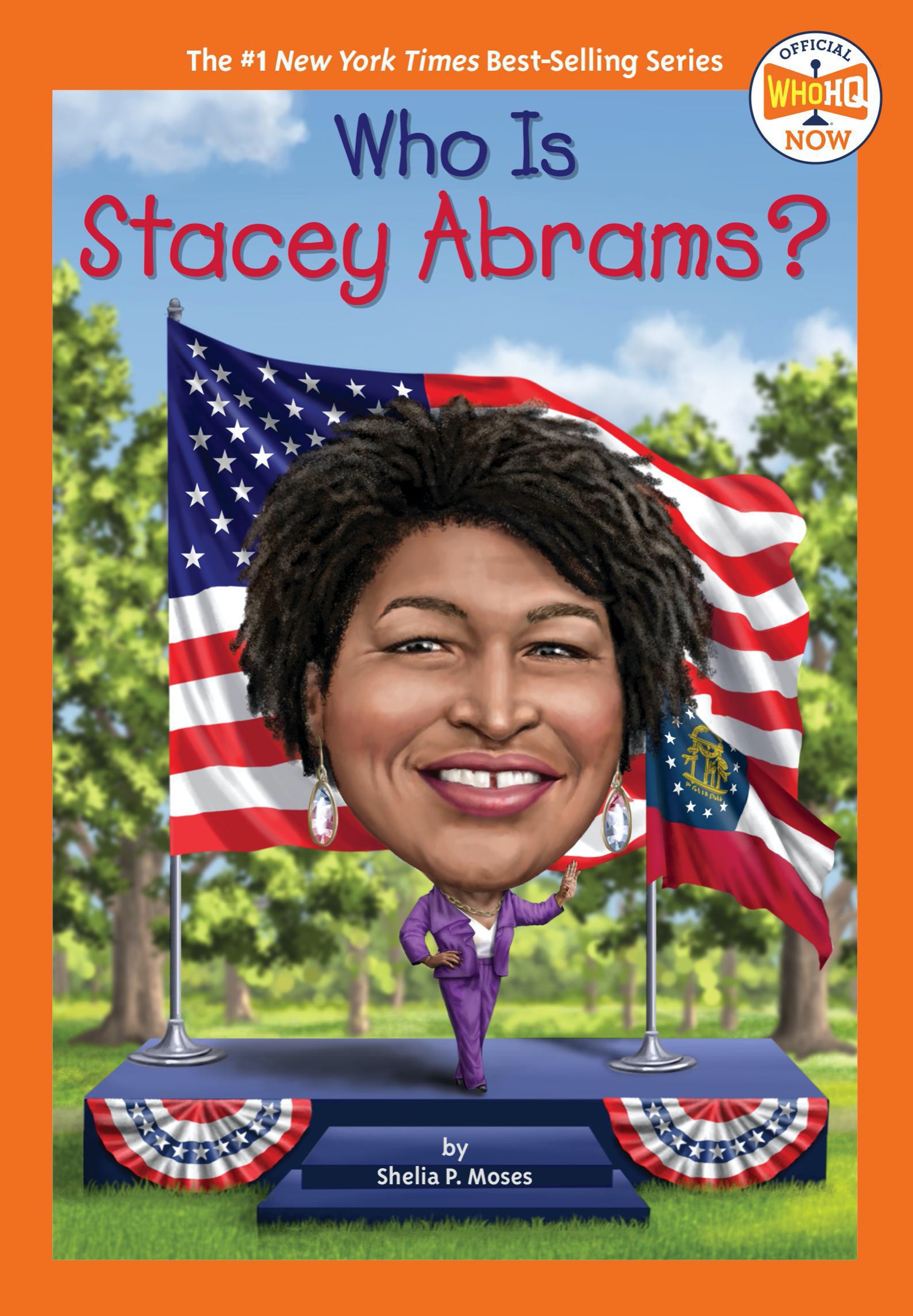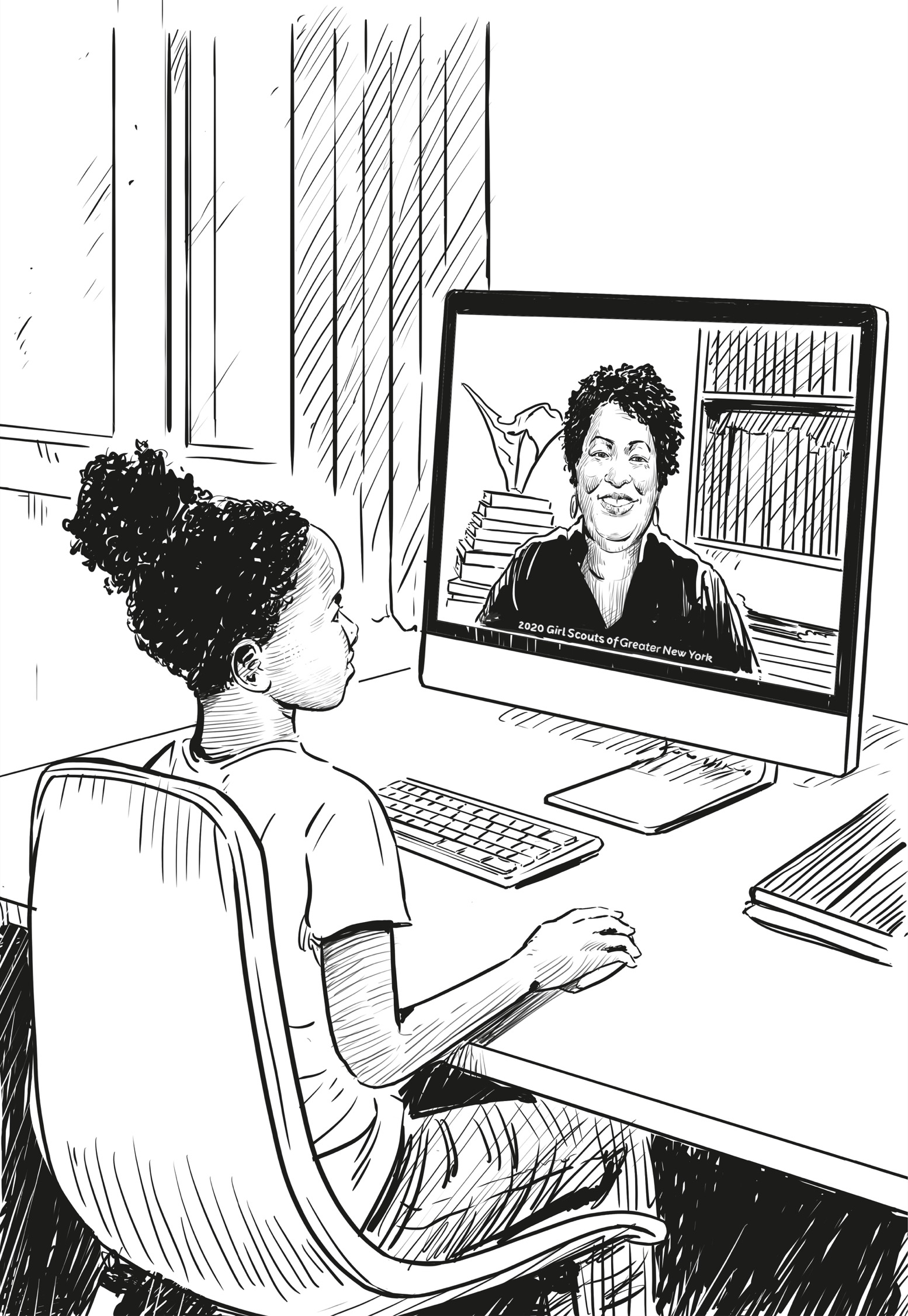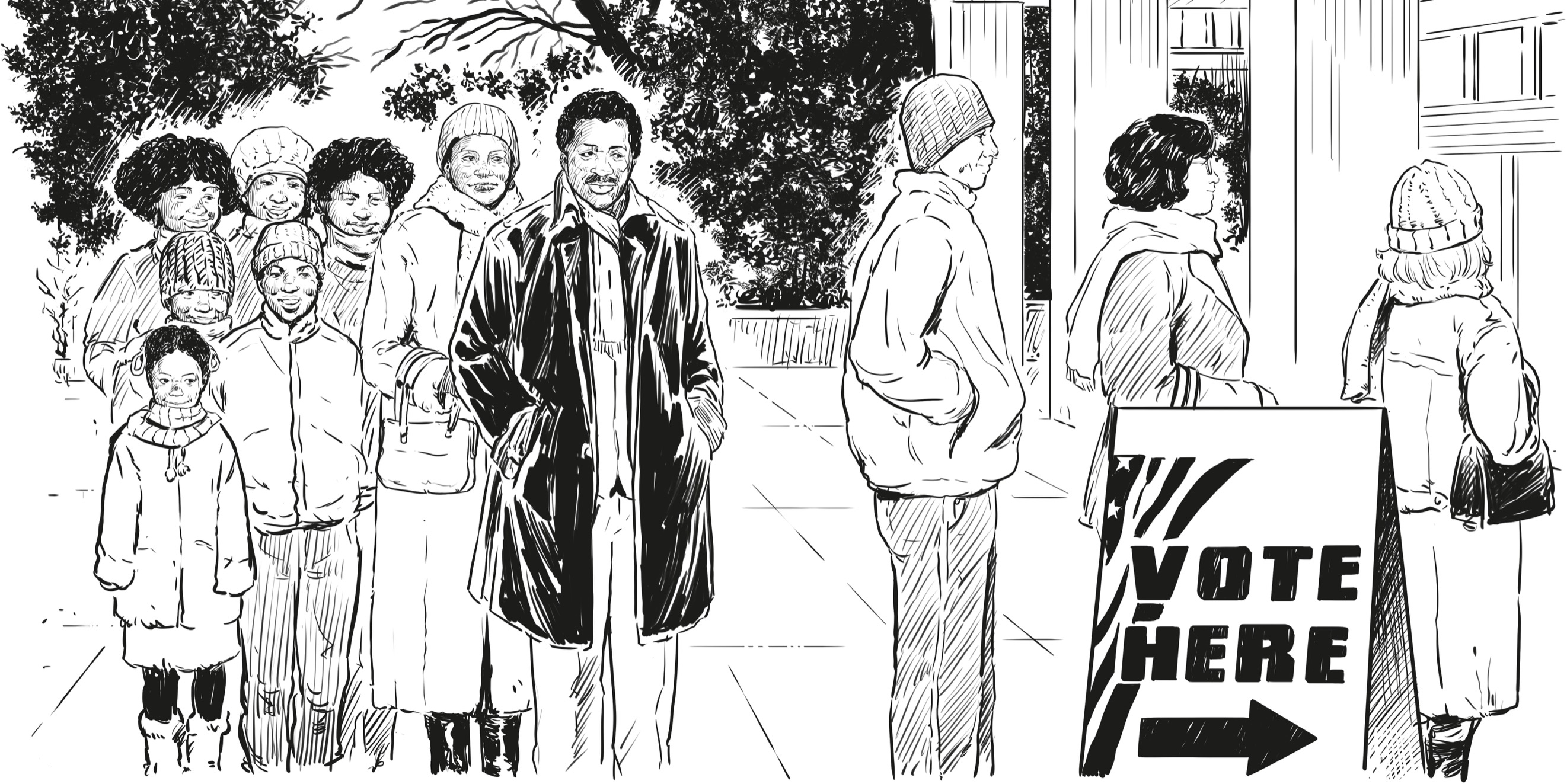PENGUIN WORKSHOP
An imprint of Penguin Random House LLC, New York
First published in the United States of America by Penguin Workshop,
an imprint of Penguin Random House LLC, New York, 2022
Copyright 2022 by Penguin Random House LLC
Penguin supports copyright. Copyright fuels creativity, encourages diverse voices, promotes free speech, and creates a vibrant culture. Thank you for buying an authorized edition of this book and for complying with copyright laws by not reproducing, scanning, or distributing any part of it in any form without permission. You are supporting writers and allowing Penguin to continue to publish books for every reader.
PENGUIN is a registered trademark and PENGUIN WORKSHOP is a trademark of Penguin Books Ltd. WHO HQ & Design is a registered trademark of Penguin Random House LLC.
Visit us online at penguinrandomhouse.com.
Library of Congress Cataloging-in-Publication Data is available.
ISBN 9780593519721 (paperback)
ISBN 9780593519738 (library binding)
ISBN 9780593519745 (ebook)
The publisher does not have any control over and does not assume any responsibility for author or third-party websites or their content.
pid_prh_6.0_140847917_c0_r0
For my oldest sister,
Barbara Moses LucasSPM
Contents
Who Is Stacey Abrams?
In 2020, Stacey Abrams was invited to speak at the Women of Distinction Breakfast that was held by the Girl Scouts of Greater New York. During her virtual speech, she talked about the legacy of Juliette Gordon Low (the founder of the Girl Scouts) and her idea that young girls are the makers of history. Stacey said that Girl Scouts gather the principles of speaking truth to power. But what does that mean? Speaking truth to power can mean calling out injustice, demanding change, and courageously speaking up for whats rightespecially to people in authority or those who have political power. Stacey Abramswho had once been a Girl Scout herselftook this idea very seriously.
Stacey went on to say that Girl Scouts are dedicated to leading lives of service and justice. And Stacey is living proof of that. She had joined protests as a college student, became a lawyer to better understand the rights of all people, and helped create laws to protect them.
In her speech, she also talked about how Girl Scouts do so much more than earn the badges you see on their uniforms. They volunteer in their communities and work hard to serve others. And this is very true of Stacey. She wanted to make sure people in her community in Georgia had the opportunity to register to vote in future elections, including the 2020 presidential election. During this time, as a champion of voting rights, she often spoke to young people about the importance of using their voicesand their votesto fight for change. Stacey did not know it then, but her dedication to serving others was about to leave an enormous mark on the entire nation.
CHAPTER 1
The Road to Georgia
Stacey Abrams was born on December 9, 1973, in Madison, Wisconsina state that, at the time, did not have a large population of Black people. The first Black person to live in Madison was an enslaved woman who was brought there in 1839 by the person who enslaved her, James Morrison.
The Black population had not grown much a century and a half later when Staceys parents, Robert and Carolyn, moved to Madison from their hometown of Hattiesburg, Mississippi. The high-school sweethearts had only been back in Hattiesburg a few years, after graduating from college, when Carolyn Abrams was accepted at the University of WisconsinMadison (UWMadison). The young couple was very excited about Carolyn being able to earn her master of library science degree at UWMadison. After the move, Staceys father worked hard to take care of his growing family while his wife finished school.
Staceythe second-oldest childand her sister Leslie both were very small when their mother fulfilled her dream of becoming a librarian. In 1977, Staceys parents decided to move to Gulfport, Mississippi, after Carolyn got a job as a librarian at William Carey College. Sometimes the children went with their mother to work. They had to keep quiet, so they would sit on the floor and read. Their home was also filled with books for the children to read. They enjoyed reading the World Book Encyclopedia.
When Staceys father arrived home from his job at the shipyard, the Abrams family gathered around the television after dinner. They frequently watched an educational television station called the Public Broadcasting Service (PBS), so Stacey and her siblings were able to keep up with current events, politics, Black culture, and other cultures around the world.
Although both parents worked very hard and their family was never without food, they were often short on money and needed to take on extra jobs to earn more. In addition to his regular job, Robert cut tree limbs for neighbors and cleaned parking lots for local businesses. At one point, Carolyn and Robert managed their aunts restaurant. Over the next few years, the Abramses welcomed two sons, Walter and Richard, along with a daughter, Andrea, to their family.
Robert and Carolyn insisted that their children do three things: go to church, go to school, and take care of one another. All the children, who said they were best friends, were very smart and made good grades, but when it was time to play, Stacey was different. While her sisters and brothers liked running around outside, she would sit inside reading books. She loved speaking at church and at school. Stacey entered several spelling bees, and she was very proud when she won in the sixth grade.
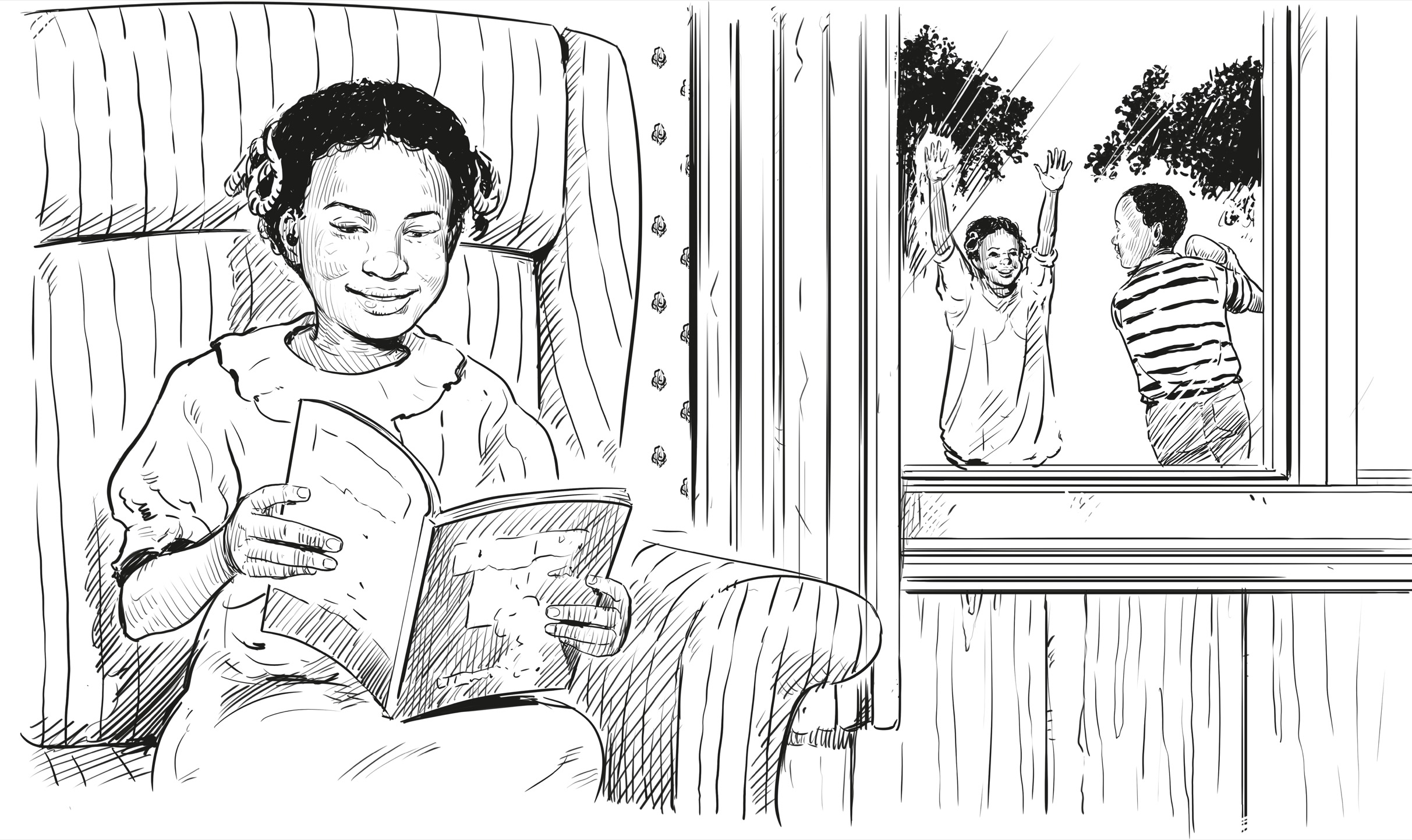
Even though the Abrams children were great students, Carolyn and Robert knew that having a good education did not mean that white people would see them as equals. In the United States, Black people and other minorities were not being treated fairly simply because of the color of their skin. But Staceys parents believed that voting was a sure way for them and other Black people to be heard and to make changes in their communities. They often brought their children with them to the polls so they could witness their parents voting. And despite having money for only their essential needs, the family always found ways to serve people who had less than they did. They would make trips to prisons to participate in outreach programs and donated food to homeless shelters. Staceys parents would encourage the children to work in soup kitchens where free food was given to those who could not afford to buy it. These trips helped to shape Staceys life before she was old enough to realize it.



